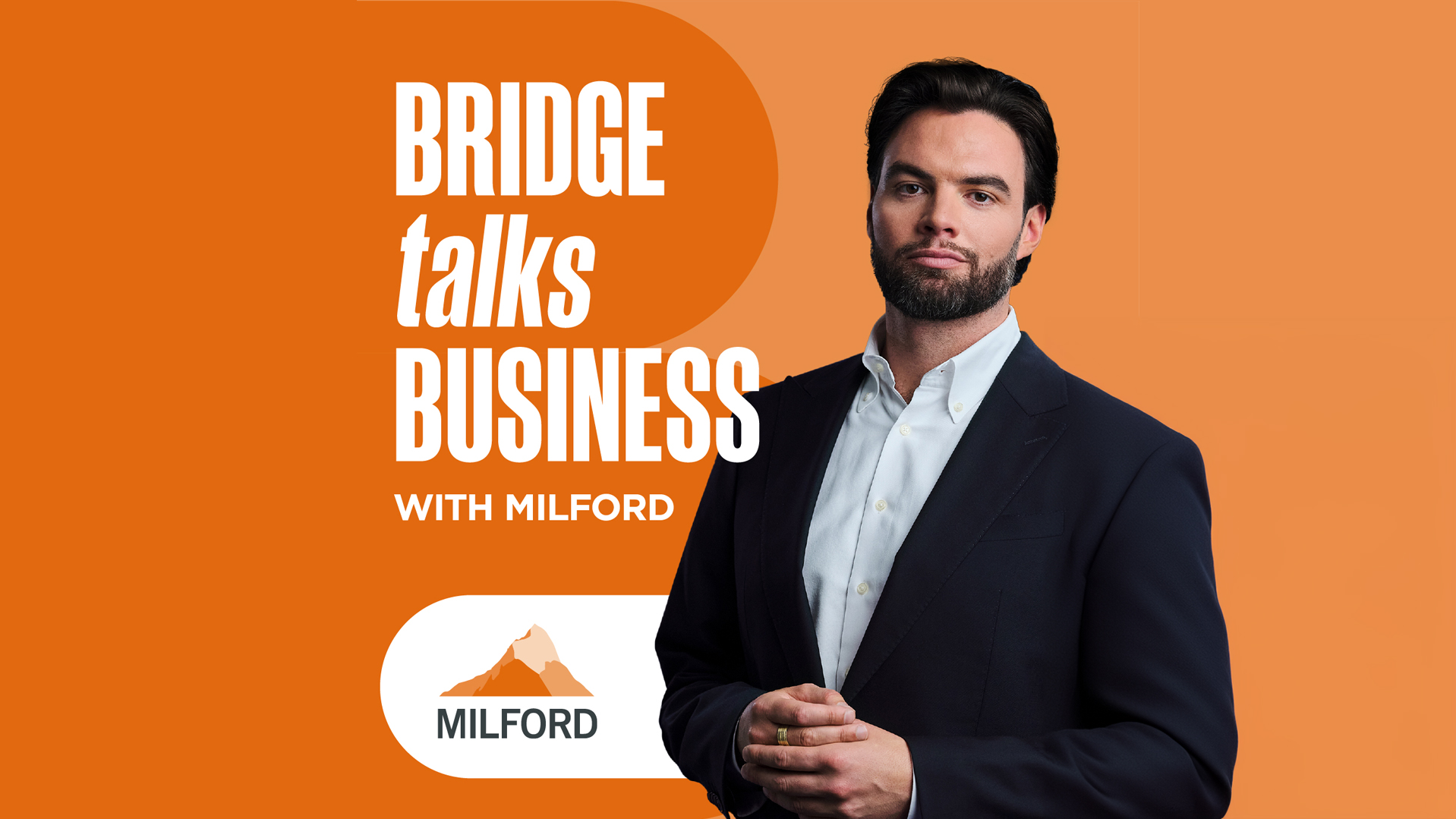Making good investment decisions can be tricky and the process daunting if you don’t know where to start. Historically, financial advice has been seen as only for the wealthy. But that’s changing.
We want to ensure that you have the opportunity to receive advice on Milford KiwiSaver investments. That’s why we have developed in-person advice on your KiwiSaver as well as a range of easy-to-use online digital tools that help you take control of your financial future. Taking time to review your KiwiSaver investment now can mean you reach that goal of a first home purchase earlier, or could be the difference of hundreds of thousands of dollars by the time you reach 65.
From simple forecasting of your balance, to personalised financial advice for your KiwiSaver investment, right through to automated withdrawals during your retirement years – there are powerful tools and advice easily available, regardless of the size of your balance.
What are the different types of KiwiSaver advice available at Milford and how do I know which one is for me?
If you are new to investing or aren’t quite sure where to start, getting traditional in-person Milford KiwiSaver advice gives you a chance to speak with one of our team, and discuss your circumstances. Our KiwiSaver Advisers can talk through your KiwiSaver goal and what’s needed for you to achieve it. You have the opportunity to ask questions which can help give you a better understanding of what will work for you leading up to retirement or your first home purchase.
Digital Advice is generally suitable for those who still want some guidance and expertise but are happy to be self-guided by the online advice tools. It’s more of an independent approach allowing you to plot your future path with the help of our tools. For Milford clients these tools can be accessed through the client portal under the Tools & Calculators menu. If you’re not yet a Milford KiwiSaver member but interested in using the tools, you can access them via our website under Tools & Guides.
There’s also a third type of advice, a hybrid approach, where you may already know what your investment goal is, and you would just like an adviser to summarise the recommendations and be able to answer any questions you may have. If you would like to receive advice on Milford KiwiSaver investments please get in touch with one of our KiwiSaver Advisers at [email protected] or on 0800 662 348.

